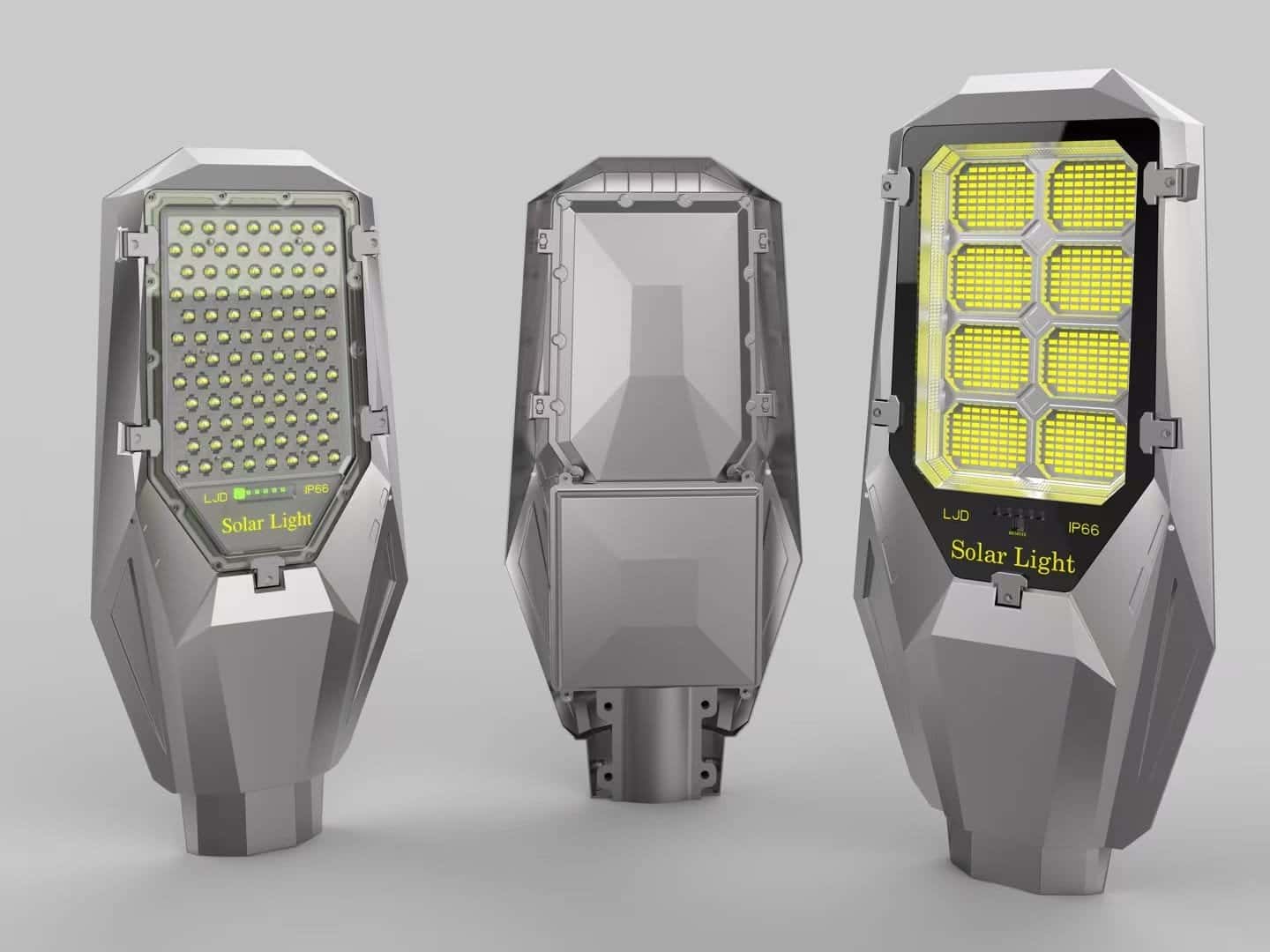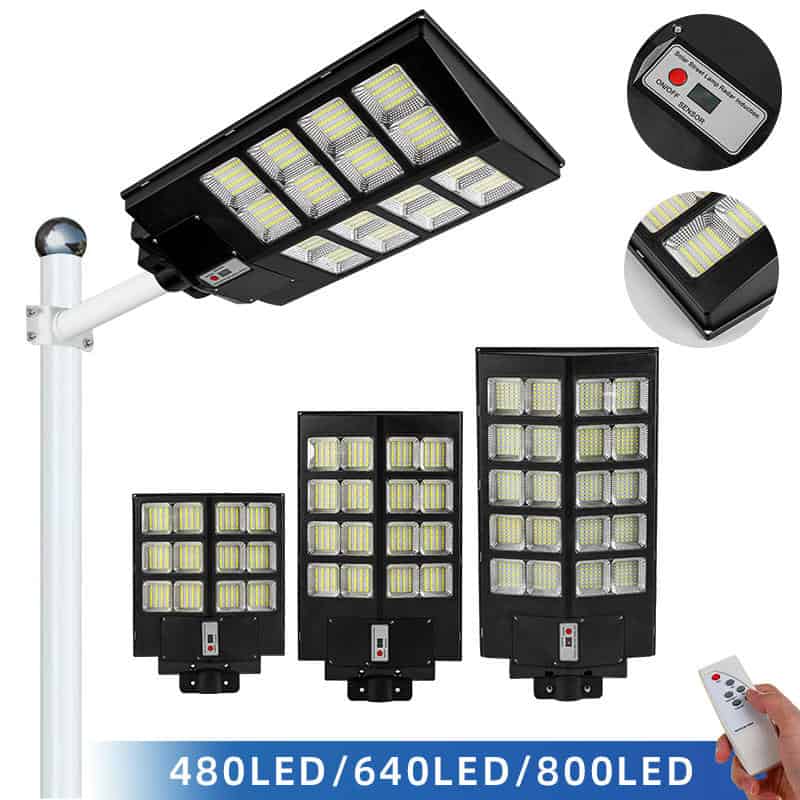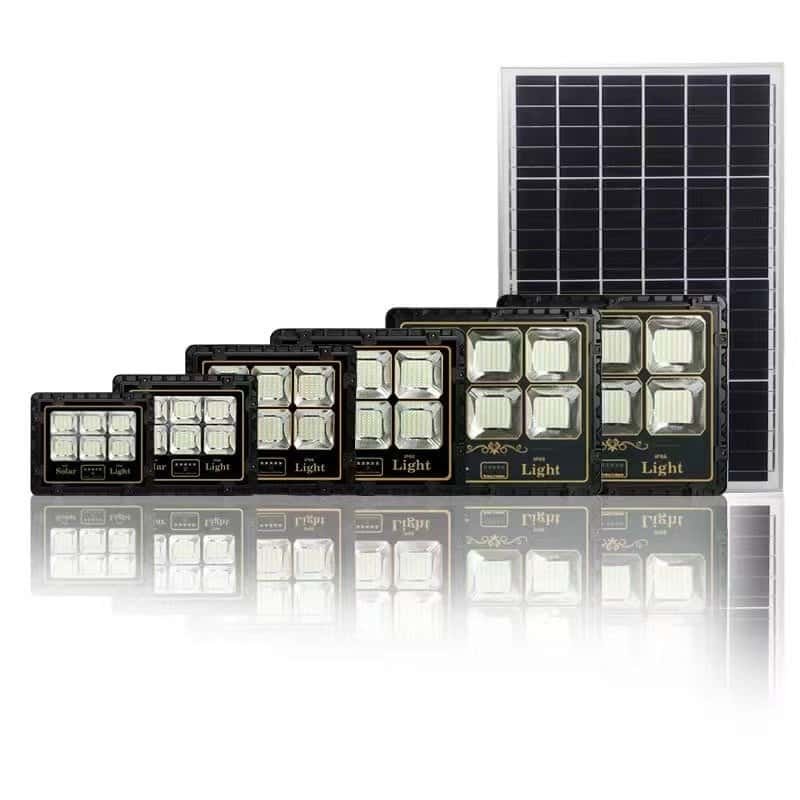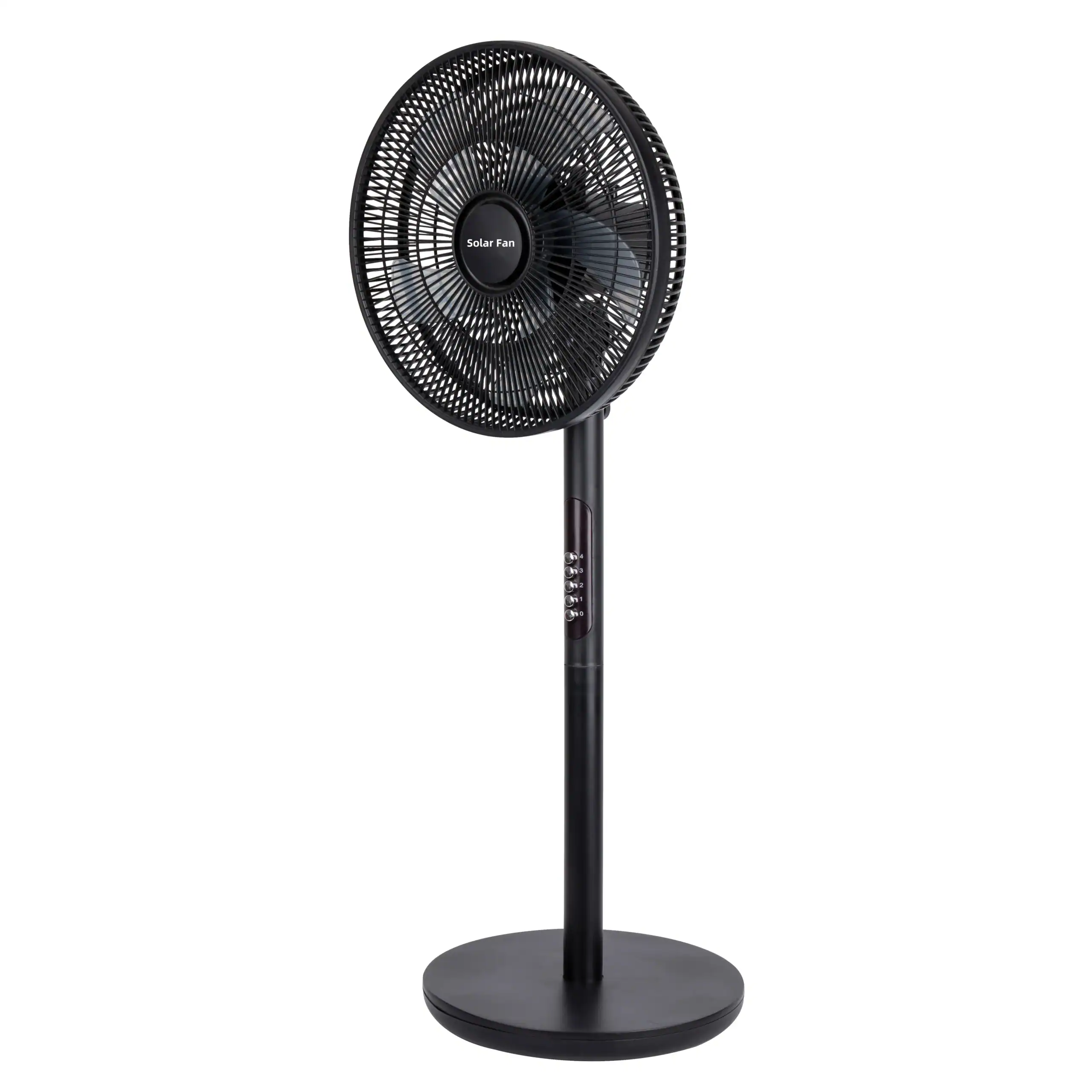Illuminate Your Space Sustainably
1. What is Solar Lighting?
Solar lighting harnesses energy from the sun to power lights, eliminating the need for traditional electricity. These systems use solar panels to convert sunlight into electricity, store it in batteries, and power LED or other energy-efficient bulbs after dark. Ideal for eco-conscious homeowners, businesses, and municipalities, solar lights are versatile for both outdoor lighting (e.g., streets, gardens) and indoor lighting (e.g., emergency lighting).
2. What Are the Main Components of Solar Lighting?
Understanding the core parts of a solar lighting system ensures informed purchasing decisions.
2.1 Solar Panels
Solar panels capture sunlight and convert it into electricity. Monocrystalline panels are highly efficient (18–22%), while polycrystalline panels are more affordable but slightly less efficient (15–17%).
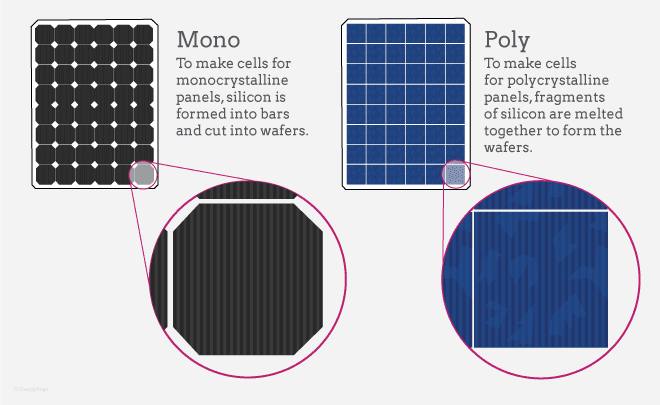
2.2 Battery Storage
Batteries store energy for nighttime use. Lithium-ion batteries are lightweight, long-lasting (5–7 years), and ideal for cold climates, whereas lead-acid batteries are cheaper but bulkier.
2.3 Lighting Source
LEDs dominate solar lighting due to their low energy consumption and 50,000+ hour lifespan. Look for lumens (brightness) and color temperature (warm vs. cool light).
2.4 Charge Controller
This regulates energy flow between the solar panel and battery, preventing overcharging. MPPT controllers maximize efficiency in cloudy climates.
3. Advantages and Disadvantages of Solar Lights
3.1 Advantages of Solar Lights
- Cost savings: No electricity bills.
- Eco-friendly: Zero carbon emissions.
- Easy installation: No wiring required.
- Versatility: Works in remote areas.
3.2 Disadvantages of Solar Lights
- Weather dependency: Reduced efficiency on rainy days or in winter.
- Higher upfront cost: Quality systems require investment.
- Battery replacement: Batteries degrade over time.
4. How to Choose the Right Solar Lights for Your Needs
4.1 Outdoor Lighting
- Streetlights: Opt for 3000–6000 lumens and IP65+ waterproof ratings.
- Garden lights: 100–500 lumens with decorative designs.
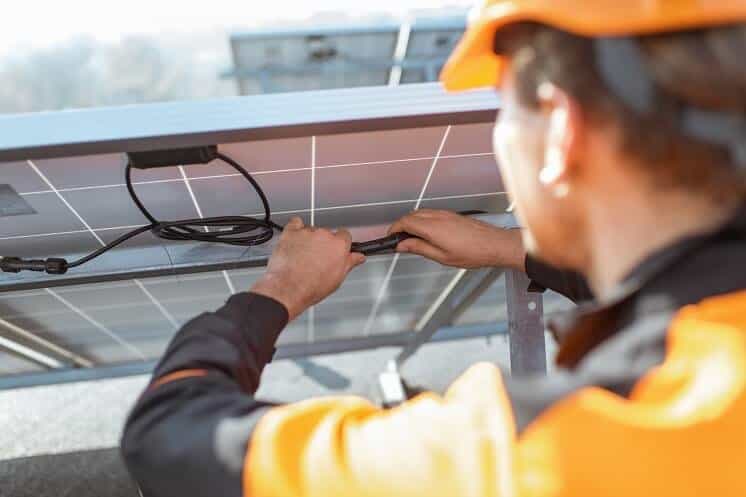
4.2 Indoor Lighting
- Emergency lights: Prioritize long battery life (8–12 hours).
- Workshops: Choose motion-sensor models for energy savings.
5. Installation and Maintenance of Solar Lighting Fixtures
5.1 Installation Considerations
- Outdoor: Ensure panels face south (Northern Hemisphere) and avoid shading.
- Indoor: Place panels near windows for optimal sunlight.
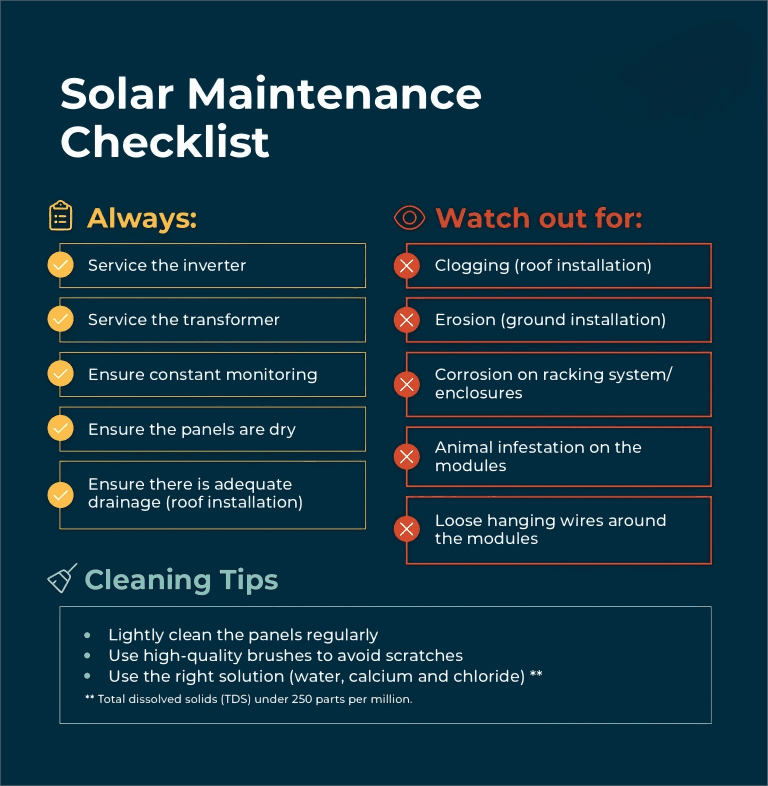
5.2 How to choose Maintain Solar Lights
- Clean panels monthly with a soft cloth.
- Replace batteries every 3–5 years.
- Trim nearby foliage to prevent shading.
6. Conclusion
Solar street lights offer a sustainable, cost-effective solution for modern lighting needs. By selecting quality components and maintaining them properly, you’ll enjoy reliable illumination for years. Ready to go solar? Explore our premium solar lighting collection today!
7. FAQ (Frequently Asked Questions)
How efficient is solar energy on rainy days or in winter?
Solar panels work in cloudy weather but produce 10–25% less energy. In winter, shorter days reduce output, but snow can reflect light, boosting efficiency slightly.
How long is the service life of solar lights?
High-quality systems last 5–10 years. LEDs typically outlive batteries, which need replacement every 3–7 years.
What are the terms for solar lamps?
- Lumens: Brightness level.
- IP Rating: Water/dust resistance (e.g., IP65).
- Wattage: Energy consumption.
External Links:
Internal Links:
Optimize your space with solar—brighten tomorrow, today! 🌞💡

